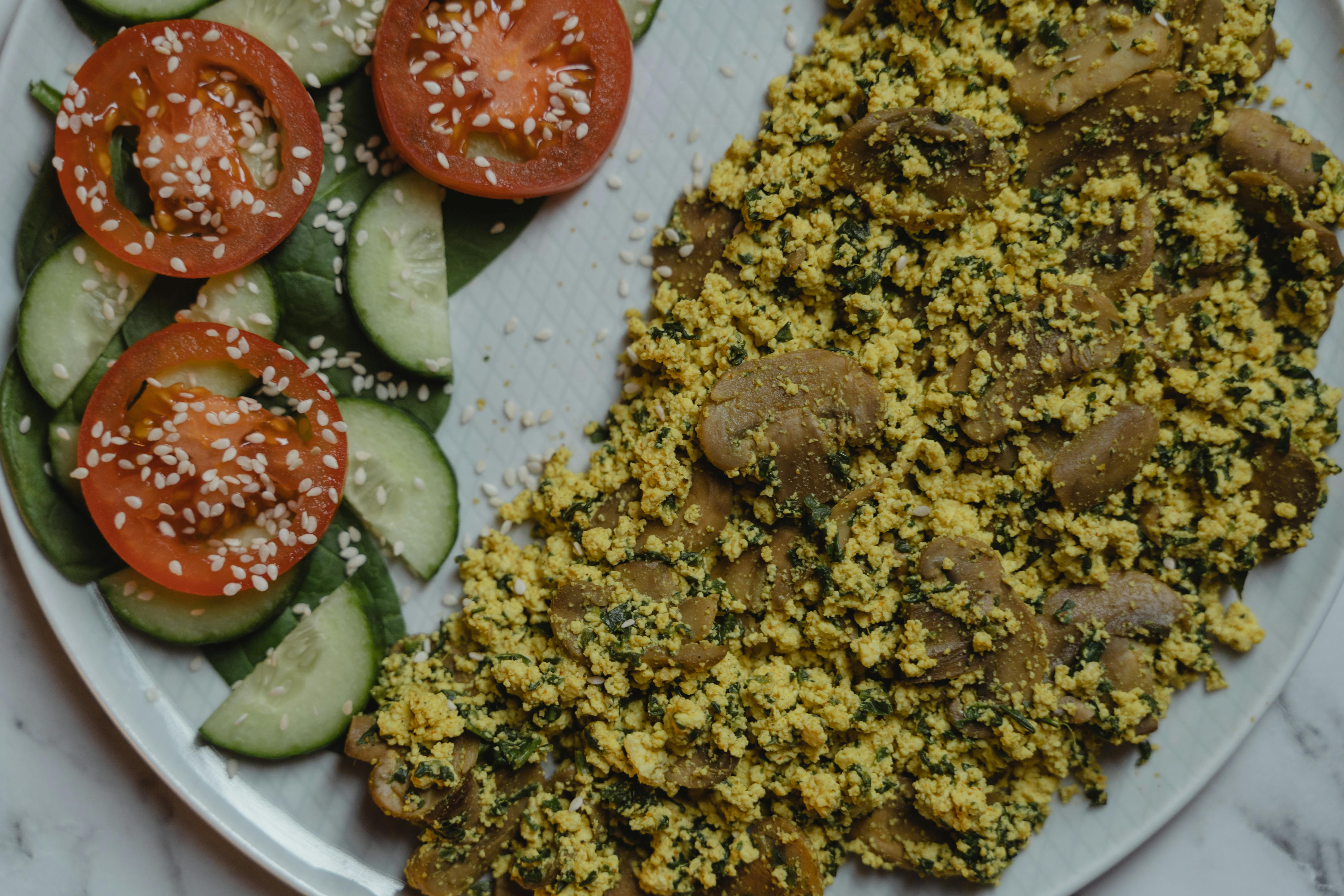Smart Ways to Effectively End a Paragraph in 2025
Ending a paragraph effectively is a crucial skill in any form of writing, from academic essays to creative narratives. It is not merely about stopping; it is about rounding off your ideas and providing a sense of closure. In 2025, as writing standards evolve, understanding how to end a paragraph effectively will become increasingly important. This article will explore diverse strategies for concluding a paragraph—ensure clarity, coherence, and finality while enhancing overall writing quality and reader engagement.
Effective paragraph endings serve multiple purposes: they summarize key points, connect ideas, and prepare the reader for the following topic. By mastering final sentence strategies, you create impactful endings that leave a lasting impression. These techniques will not only refine your writing style but also improve the overall flow of thoughts, allowing for a smoother transition to subsequent paragraphs. Let’s dive into methodologies that empower writers to master the art of concluding.
Understanding Paragraph Closure Techniques
Paragraph closure techniques are essential for achieving coherence and logical flow. A well-crafted final sentence not only summarizes the paragraph’s main ideas but also links them to the subsequent points. For example, using transitional phrases can guide readers smoothly from one paragraph to the next, maintaining the narrative or argumentative momentum.
Consider the importance of clarity in your endings. Use straightforward language that emphasizes the main takeaway from the paragraph. Avoid introducing new ideas in your closing sentences; instead, reinforce existing ones to ensure strong comprehension. An effective closure brings everything together, enhancing the reading experience continuously.
Final Sentence Strategies for Clarity
In academic writing and beyond, final sentence strategies vary based on the content and style. A few key techniques to consider include:
- Summarizing the Key Points: This method involves succinctly recapping the major ideas presented within the paragraph.
- Using Concluding Remarks: A well-phrased final thought can encapsulate the argument or narrative effectively.
- Artistic Endings: Employing stylistic techniques in closure can enhance narrative impact, especially in creative writing.
Incorporating these strategies can significantly enrich the quality of your writing. Observing other writers’ work can also provide insights into how they employ concluding techniques successfully.
Impactful Ending Techniques for Engaging Readers
Concluding effectively goes beyond basic summarization; it’s about leaving an impression. There are several impactful techniques you can apply:
- Rhetorical Questions: Pose a question that prompts the reader to think beyond the text.
- Quotes: A powerful quote can effectively encapsulate a paragraph's essence, adding depth.
- Call-to-Action: Encourage the reader to reflect or act upon the information presented.
These techniques not only help in creating memorable endings but also engage readers on a deeper level, transitioning them smoothly to the subsequent content.
Improving Paragraph Structure with Closure in Mind
When writing, consider the structure of each paragraph with closure techniques integrated from the outset. This conscious management ensures that the end of each paragraph flows seamlessly into the next, maintaining clarity and coherence. For example, leading your concluding sentence into a transition can prepare readers for the topic shift that follows, thereby enhancing overall readability.
Incorporating concluding thoughts that reinforce the paragraph's intent can add momentum to your writing. Make sure every paragraph feels complete in itself, yet dynamically connected to your broader argument or narrative.
Examples of Concluding Sentences and Their Functions
Here are a few examples of effective concluding sentences:
- “This clearly demonstrates the need for further research in this area to enhance our understanding.”
- “Ultimately, achieving balance in life requires continuous effort and commitment.”
- “These findings underline the significance of proactive measures in environmental conservation.”
Each example serves a specific purpose: summarization, reflection, and justification, respectively. They are designed to encapsulate the essence of the paragraph while smoothly transitioning to the next idea, thereby enhancing overall coherence.
Transitioning Paragraphs Smoothly
Once your paragraphs are well-concluded, the next step is mastering transitions. A logical closure sets the stage for effective transitions, allowing your narrative or argument to flow uninterrupted. Incorporating phrases such as “Building on these insights…” or “Following this thought…” can lead readers effortlessly into the next section, maintaining engagement and clarity.
When transitioning, consider the relationship between the ideas presented. Aim for coherence by reflecting on how each paragraph contributes to the overarching narrative. This enhances not only the fluidity of your writing but also reinforces your overall arguments, making your writing more effective and compelling.
Closure Strategies in Academic Writing
In academic contexts, closure takes on added significance. The credibility of your arguments hinges on how well you conclude each paragraph. A strong concluding sentence should reflect not only on the argument made but also on its implications. For instance, you might state how your findings contribute to existing research or suggest implications for future studies.
Furthermore, integrating transition techniques can foster a sense of continuity throughout the entire piece, ensuring that readers do not feel lost as they progress through your writing. Coherence must be prioritized to bolster arguments and make the text more persuasive and engaging.
Techniques for Summarization and Final Thoughts
Summarization at the end of a paragraph should be concise and to the point. Use direct language that encapsulates the core message of your ideas. While retaining the heart of your discussion, also try to evoke curiosity with your concluding thoughts to prompt readers' reflection.
In practice, you can conclude by highlighting the importance of the points discussed. Consider language that suggests a broader context or implies an ongoing conversation, thereby reinforcing the significance of your content.

Creating Lasting Impressions through Artistic Endings
To excel in your writing, strive for artistic conclusions that leave an indelible mark on the reader. Subtle nuances, literary techniques, and creativity in phrasing can transform merely functional endings into memorable final thoughts. Experiment with different styles and observe how they affect reader engagement.
Incorporating imagery, metaphor, or even humor can elevate your paragraph closure to an artistic level, appealing to the reader's emotions and enhancing their connection to your work. As you refine your writing style, remember that your concluding sentences can resonate powerfully and linger in the minds of your audience.
Concluding Thoughts on Paragraph Endings
As we’ve explored in this article, mastering the art of paragraph endings involves a blend of techniques that promote coherence, clarity, and engagement. By employing strategies such as summarization, impactful endings, and smooth transitions, writers can enhance the quality of their work significantly. In 2025, the emphasis on effective paragraph management will only increase, making it essential to develop these skills. Consciously applying these techniques will not only improve your writing style but also create a more rewarding experience for your readers.
To summarize key points, remember that effective endings aide in achieving clarity and flow within your content. They serve to reinforce your key arguments while preparing the reader for what’s coming next. As you hone your writing skills, consider these techniques a toolkit that will help you navigate various writing scenarios with confidence.

